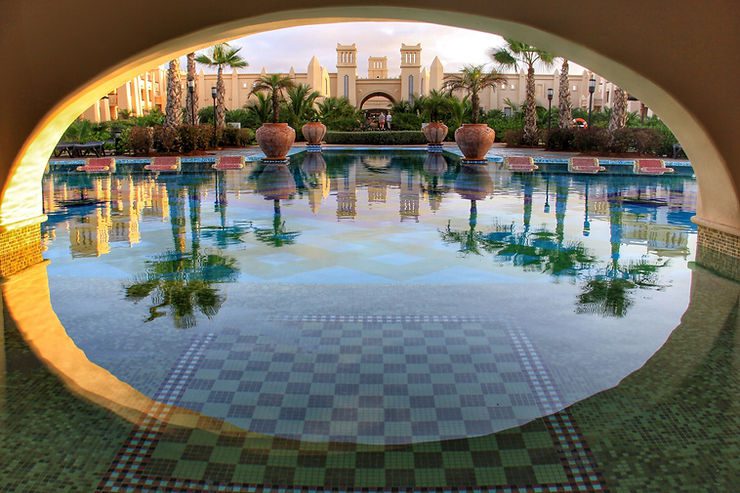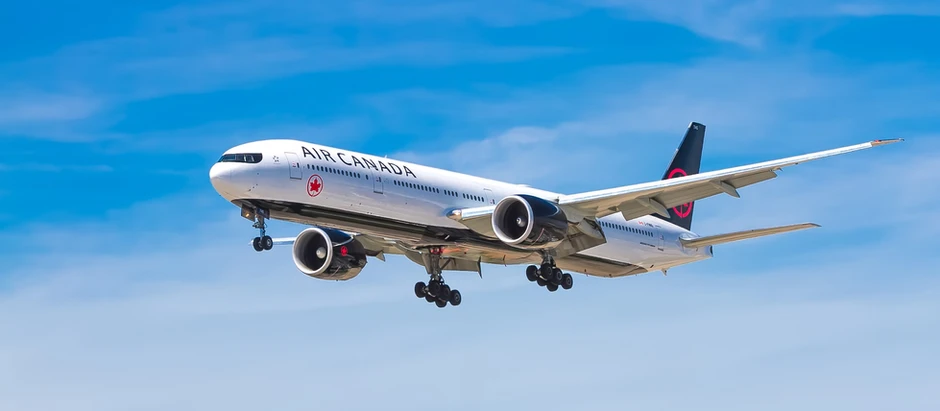How to Get There
Cape Verde, an archipelago off the coast of West Africa, is increasingly popular among UK travelers for its year-round sunshine and diverse landscapes. Reaching the islands involves a flight from the UK, with several direct and connecting options available.
Flight Options and Average Ticket Prices
- Direct Flights: Several airlines, including TUI and TAP Air Portugal, offer direct flights from major UK airports like Gatwick and Manchester to Cape Verde’s main international airports: Sal (Amílcar Cabral International Airport) and Boa Vista (Aristides Pereira International Airport). Flights typically take around 6 hours.
- Peak Season (December to April): Ticket prices tend to rise, especially during the festive period and Easter. Expect to pay between £350-£600 for a return flight.
- Off-Peak Season (May to November): For a better deal, travel in the off-peak months, when flights can drop to as low as £250-£400 return. Keep in mind, this is also the rainy season, so expect more humid weather and occasional storms.
- Connecting Flights: If you’re flexible with time, connecting flights through Lisbon or Madrid may save you some money. These routes, with TAP Air Portugal or Iberia, often cost £50-£100 less than direct options but add several hours to your journey.
Peak vs. Off-Peak Travel
The peak tourist season runs from December to April, offering the best weather with warm temperatures and little rain. However, this comes at a higher cost for flights and accommodation. To save money, consider visiting between May and November, when prices drop significantly. The downside to off-peak travel is the wetter weather, particularly in September, when storms are most common, and some tourist attractions may close for the season.
Typical Weather Per Month
Cape Verde’s climate is tropical, with two main seasons: a dry season and a rainy season. Here’s what to expect month by month:
- January-March: Dry, warm weather with average temperatures around 23-25°C, ideal for beach activities. Rain is rare, making these months very popular with tourists.
- April-June: Warmer temperatures, ranging from 25-27°C. Fewer tourists but still excellent weather. Prices start to drop slightly.
- July-September: The rainy season. Humidity increases, and rain showers are more frequent, especially in September. Temperatures can reach 28-30°C.
- October-November: The rains begin to ease, but it’s still relatively humid. Temperatures remain warm, around 26-28°C. A good time to find cheaper deals.
- December: Dry season returns, with comfortable temperatures of 24-26°C. A popular time to visit, with higher prices.
How to Save Money on Accommodation
Cape Verde offers a range of accommodation options, from budget stays to luxury resorts. Booking ahead and avoiding peak holiday periods can help reduce costs. Below are three examples of accommodation options at different price points, with up-to-date pricing information sourced from Expedia and Booking.com.
Budget: Pontao Hotel (Sal Island)
This simple, budget-friendly hotel is located in the heart of Santa Maria on Sal Island, just a short walk from the beach.
- Price: £35-£50 per night for a double room, including breakfast.
- Why it’s good value: Free Wi-Fi and a central location mean you won’t need to spend extra on transport.
Mid-Level: Hotel Riu Karamboa (Boa Vista Island)
A popular mid-range option, this all-inclusive hotel offers beachfront access, several pools, and evening entertainment.
- Price: £100-£130 per night for two adults.
- Why it’s good value: All meals and drinks are included, which can help control your budget, particularly for families.
Luxury: Melia Llana Beach Resort & Spa (Sal Island)
For a high-end experience, this adults-only resort offers a tranquil beachfront location, luxury amenities, and a full spa service.
- Price: £180-£250 per night for a double room.
- Why it’s good value: While expensive, this resort is often discounted during off-peak times, especially when booking in advance.
The Five Most Important Attractions
While Cape Verde is famed for its beaches, there are several cultural and natural attractions worth exploring. Here are five must-visit sites:
Santa Maria Beach (Sal Island)
Known for its long stretch of golden sand, Santa Maria is the most famous beach in Cape Verde. It’s perfect for swimming, water sports, or simply relaxing.
Pedra de Lume Salt Pans (Sal Island)
Located inside a volcanic crater, these salt pans offer a unique opportunity to float in salt-rich water. Admission is around £4-£6.
Fogo Volcano (Fogo Island)
For adventurous visitors, hiking the active Fogo Volcano is a must. Guided tours are available, with prices starting around £20-£30 per person.
Boa Vista Viana Desert
This stunning desert is known for its sand dunes, providing a picturesque landscape for photographers and adventure seekers alike. Tours can cost between £15-£25.
Palácio do Povo (Mindelo, São Vicente)
This colonial-era building offers a glimpse into Cape Verde’s past, and entry is typically free, making it a cost-effective cultural stop.
10 Money-Saving Tips for Cape Verde
- Travel During Off-Peak: As mentioned, visiting during the rainy season (May-November) can save you up to 30% on flights and accommodation. Just be prepared for some rain, especially in September.
- Book Flights Early: Booking your flight at least 3-4 months in advance will often secure lower fares, especially for the peak season. Set fare alerts to track deals.
- Opt for All-Inclusive Resorts: While the upfront cost of an all-inclusive stay may seem higher, it can save you money on meals and drinks. Look for deals that include airport transfers to avoid additional transport costs.
- Self-Catering Accommodation: If you prefer more flexibility, consider renting a self-catering apartment. Prices can start as low as £25 per night for a small apartment, and local markets offer fresh produce at affordable prices.
- Use Public Transport: Taxis are the most common form of transport for tourists, but local minibus services (known as “aluguers”) are significantly cheaper. A short taxi ride might cost £4-£6, while an aluger could be as little as £1.
- Avoid Tourist Traps for Meals: Eating in touristy areas can quickly add up. Instead, try local eateries, known as “esplanadas,” where meals are much more affordable. A typical dish like grilled fish might cost £5-£7.
- Bring Your Own Snorkeling Gear: Cape Verde’s clear waters are perfect for snorkeling, but renting equipment can cost £10-£15 per day. Bringing your own can save you this expense.
- Free Walking Tours: Several towns, including Mindelo and Santa Maria, offer free walking tours. These are a great way to learn about the area’s history without spending money.
- Limit Alcohol: Alcohol, especially imported brands, can be expensive in Cape Verde. Opt for local drinks like grogue (rum), which is cheaper. Expect to pay around £2-£3 for a local beer or grogue-based cocktail.
- Shop at Local Markets: For souvenirs, skip the tourist shops and visit local markets where you can find handmade crafts, clothing, and artwork at a fraction of the price.
By carefully planning your Cape Verde trip around off-peak travel, local experiences, and budget accommodation, you can significantly cut costs without sacrificing the quality of your holiday.



